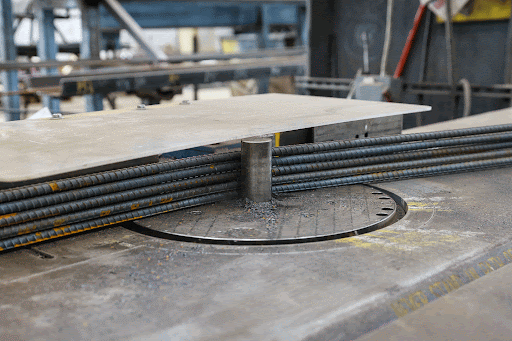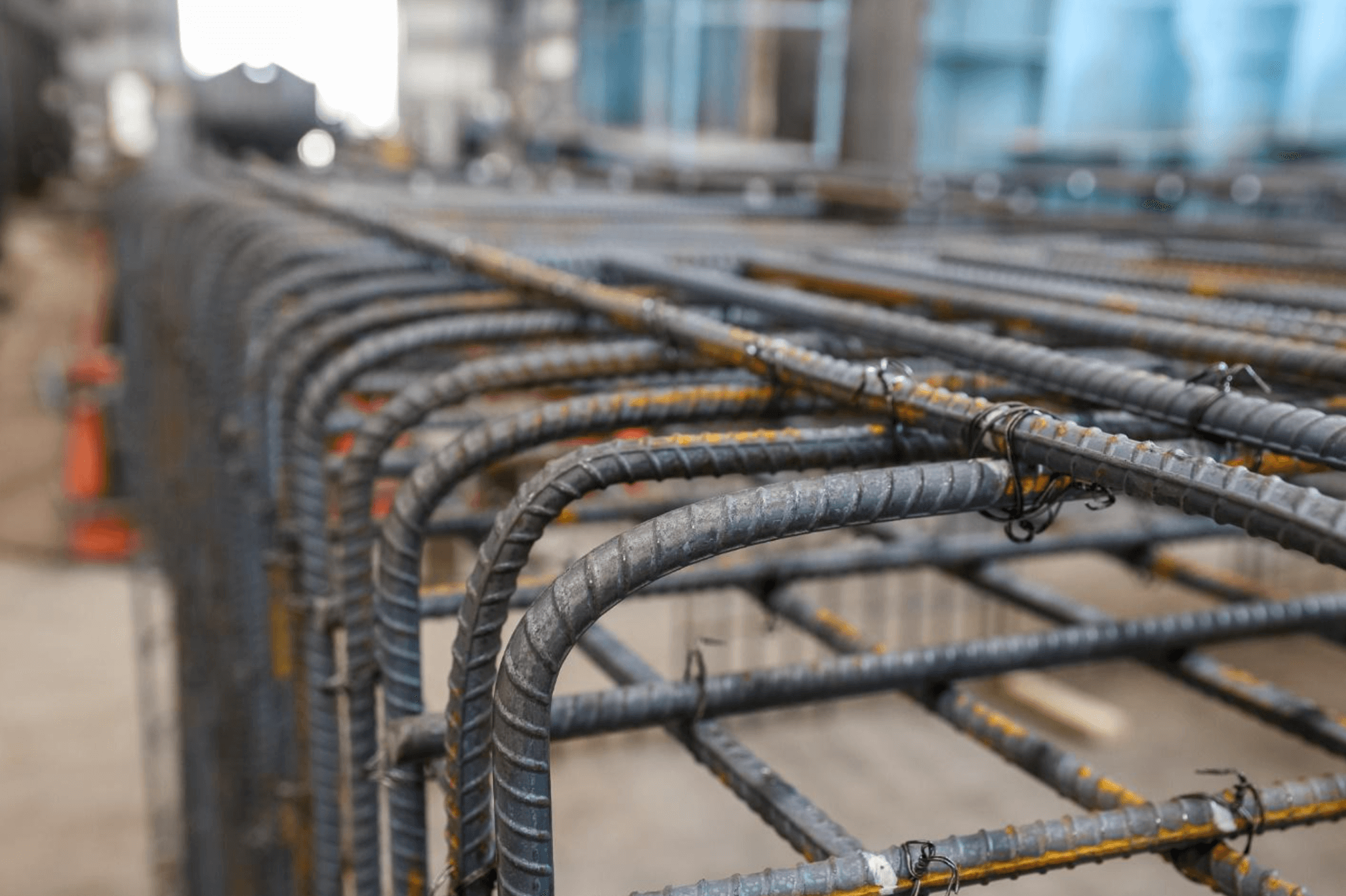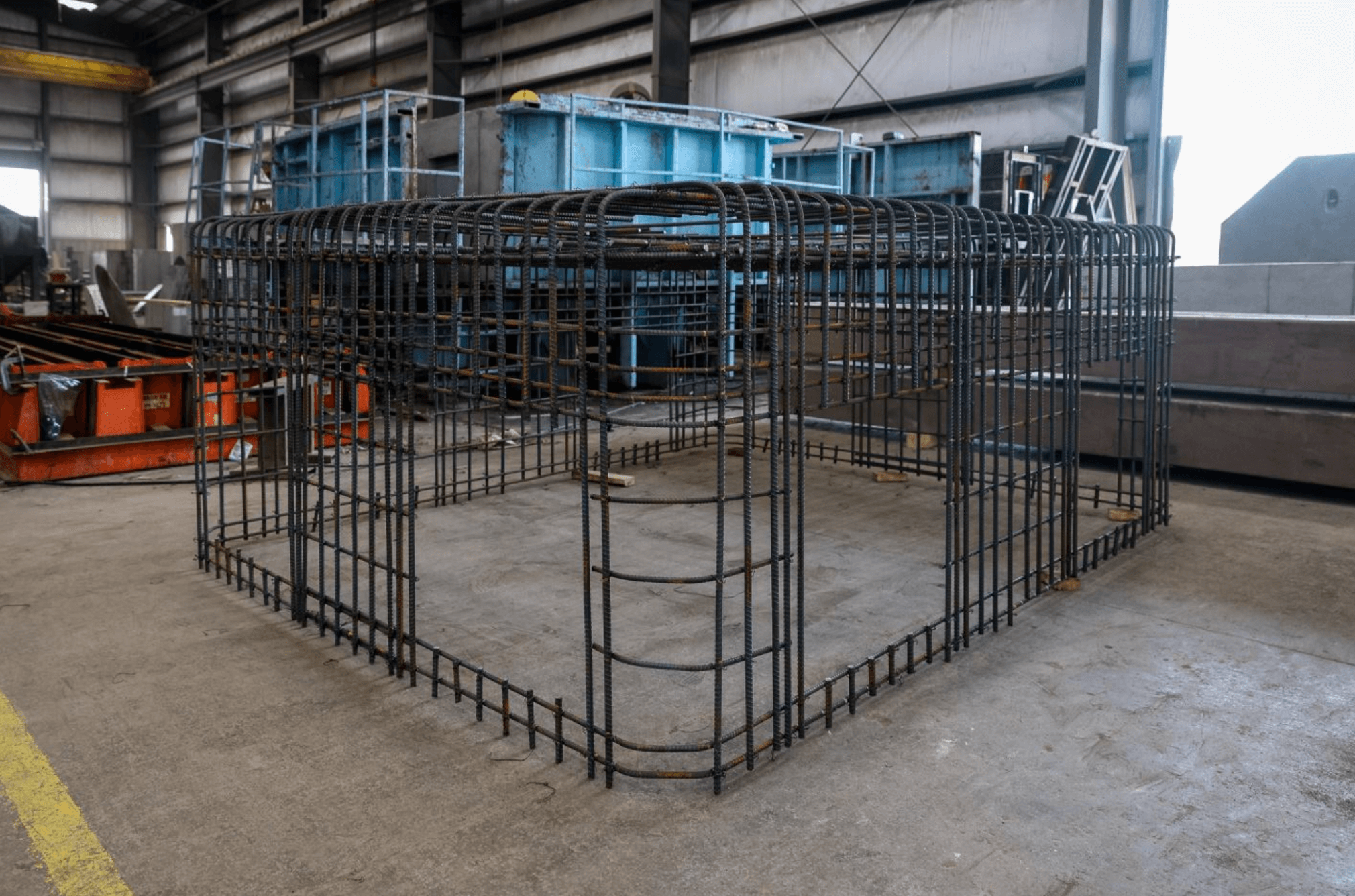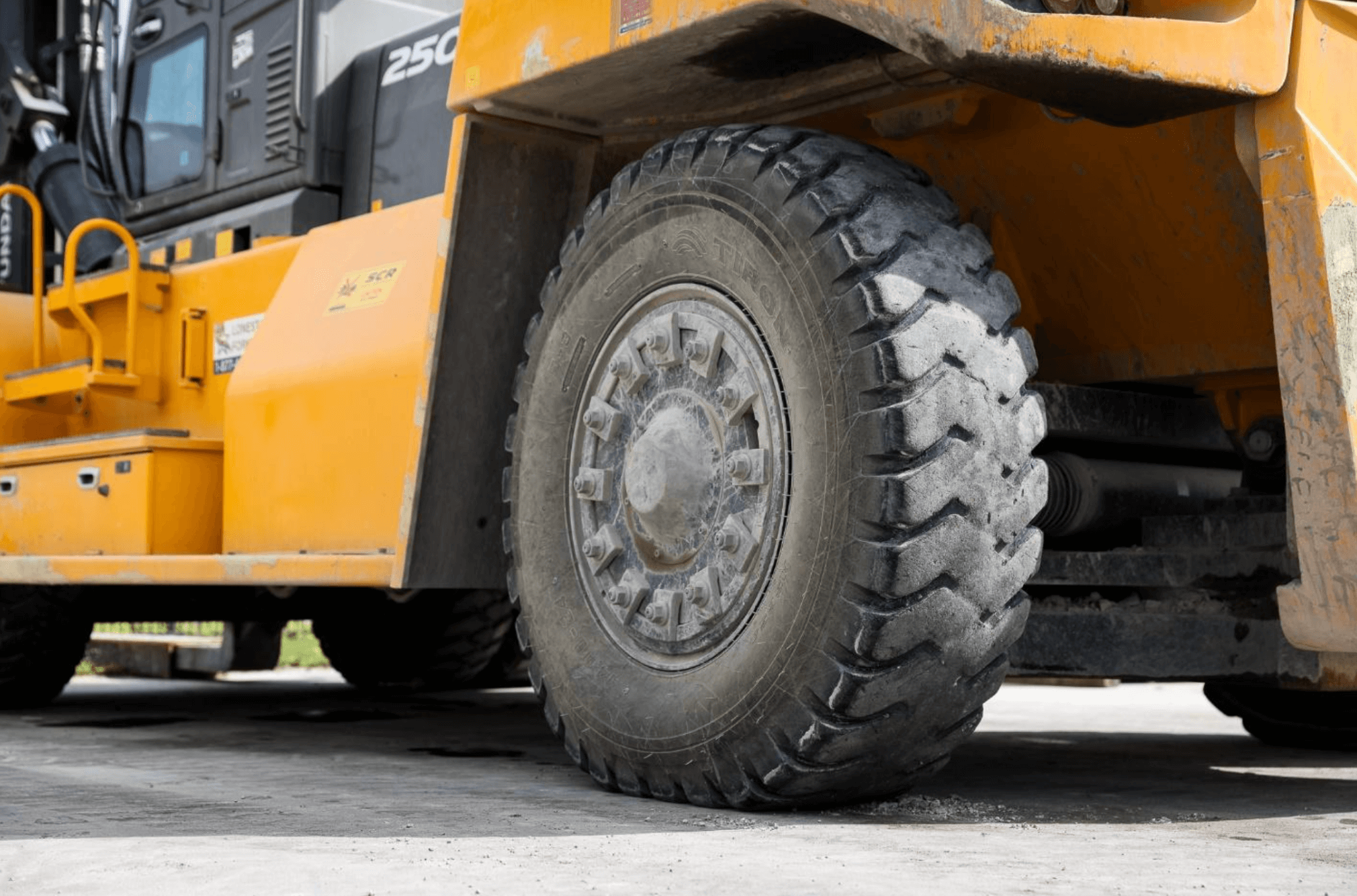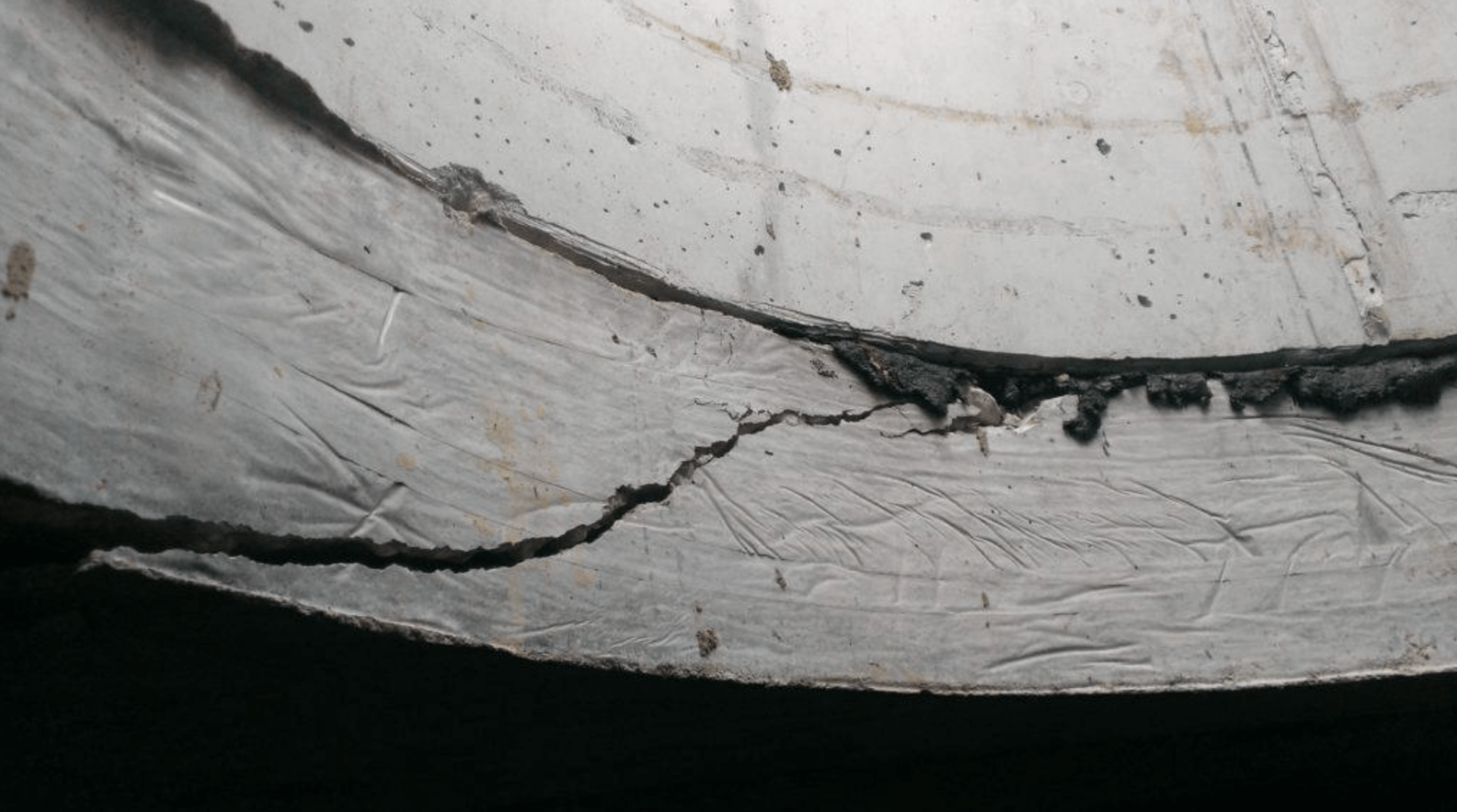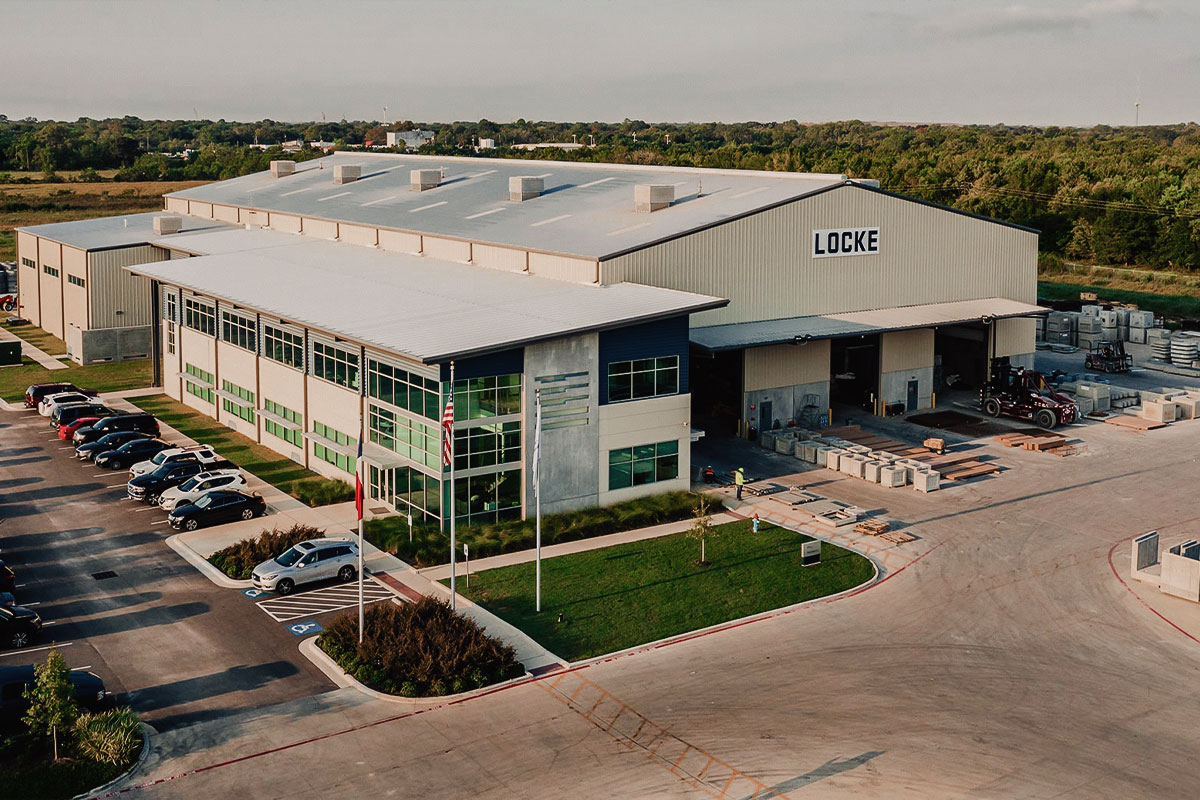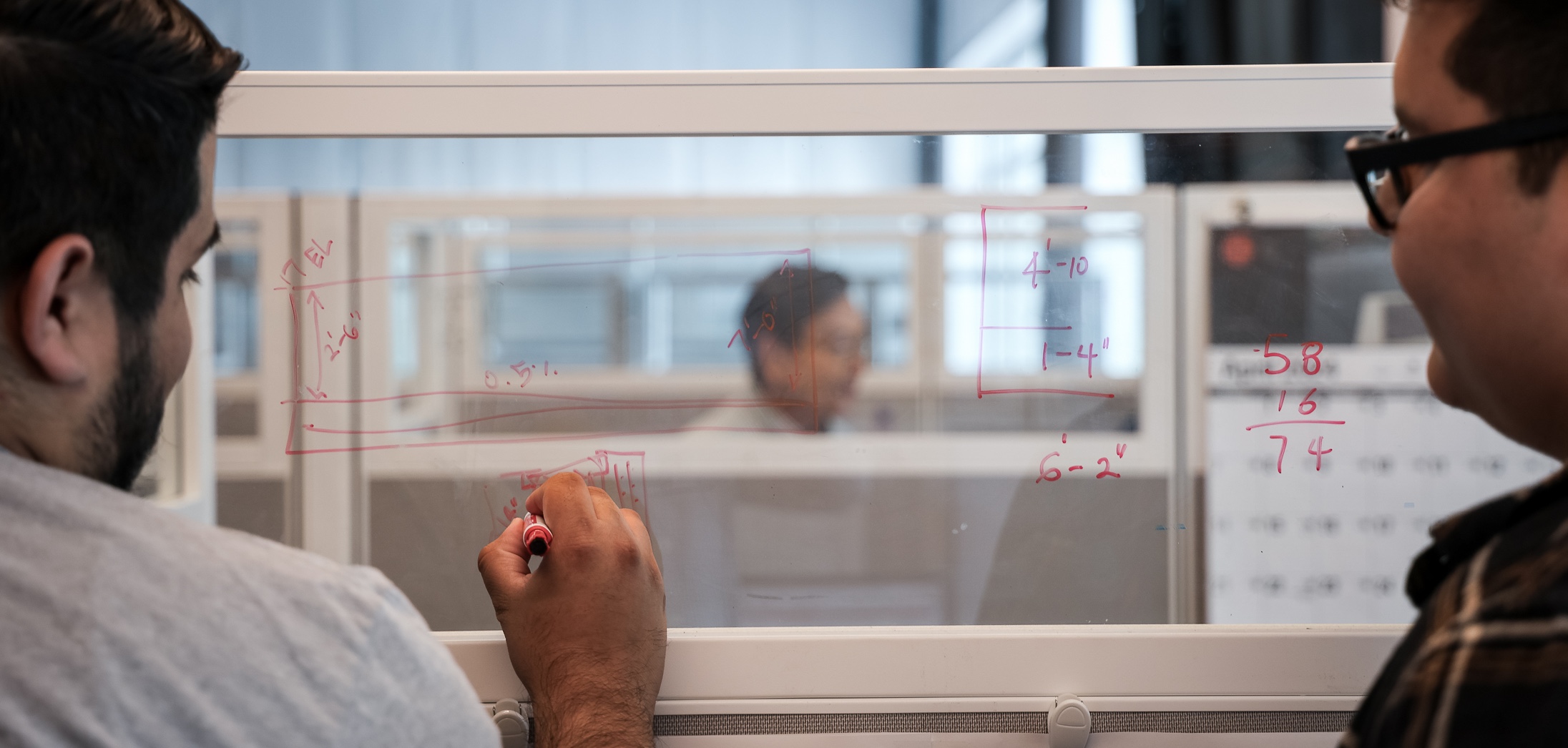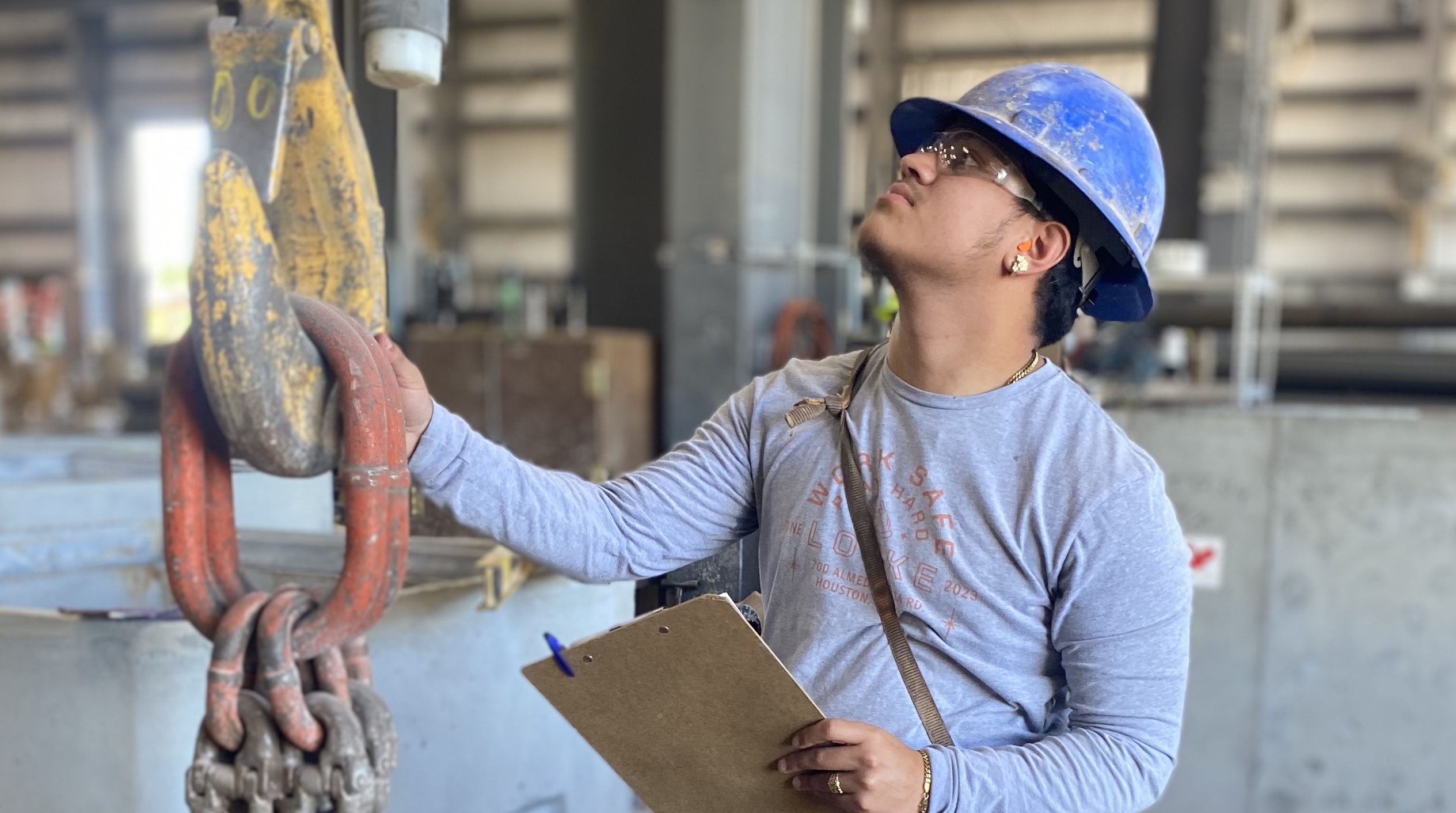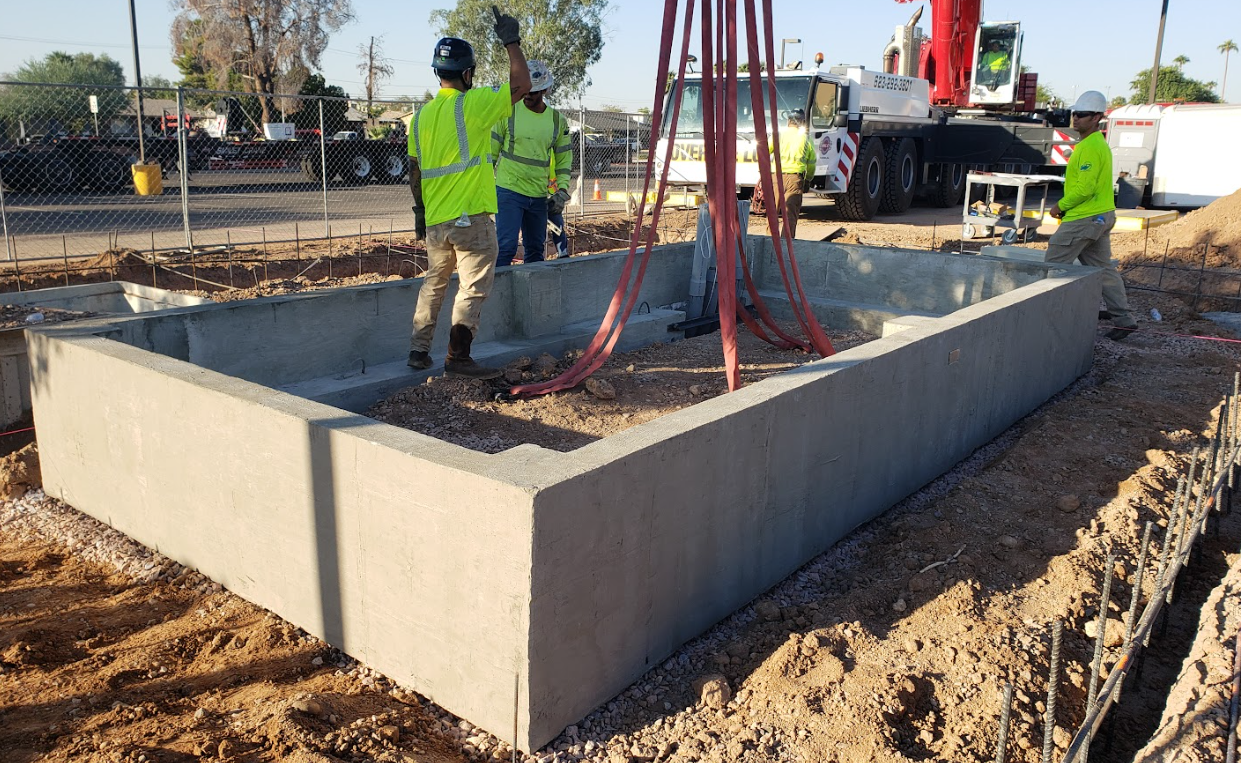Leading Precast
Contact Sales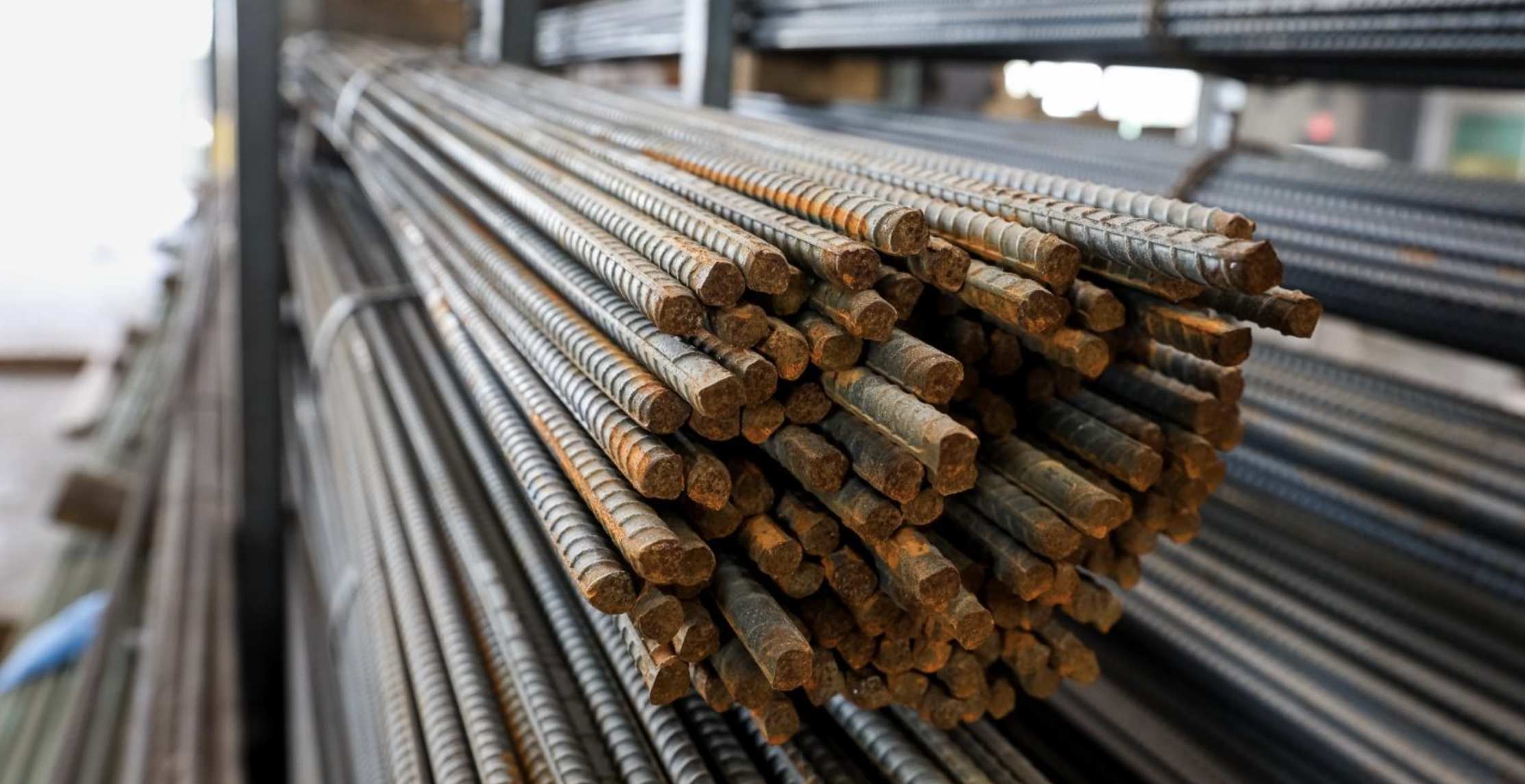
Precast concrete has revolutionized the construction industry, offering numerous advantages such as speed of construction, cost-effectiveness, and superior quality. One crucial component that enhances the strength and durability of precast concrete structures is reinforcement bars, commonly known as rebar. In this blog, we will explore the reasons why rebar is essential in precast concrete structures and how it effectively contributes to a structure’s overall performance and longevity.
What is Rebar?
Rebar, short for reinforcement bar, is a steel bar or mesh of steel wires used as a tension device in reinforced concrete and masonry structures. It is typically manufactured with ridges or deformations on its surface to provide a better bond with the concrete. Rebar comes in assorted sizes/grades and can even be coated with epoxy to provide protection from corrosion. The specific type of rebar selected depends on the structural requirements of the project.
Enhancing Structural Integrity
One of the primary reasons for using rebar in precast concrete structures is to enhance their structural integrity. Concrete is strong in compression but weak in tension. When subjected to tensile forces such as bending or stretching, concrete tends to crack. Rebar counters this weakness by providing tensile strength to the concrete element, effectively resisting tensile stresses, and preventing cracks from forming or spreading.
Load-Bearing Capacity
Rebar plays a crucial role in increasing the load-bearing capacity of precast concrete elements. By reinforcing concrete with strategically placed rebar, engineers can design structures that can withstand heavier loads, ensuring safety and structural stability over the long term. This is particularly important in infrastructure projects such as bridges, marine ports, tunnels, airports, and high-rise buildings where heavy loads and dynamic forces are common.
Limiting Cracks from Spreading
In addition to enhancing load-bearing capacity, rebar limits cracks from spreading. While concrete may still develop cracks due to several factors such as shrinkage, temperature changes, and external loads, the presence of rebar helps distribute stresses and prevents cracks from spreading extensively. By bridging the cracks and providing additional strength to the concrete, rebar ensures that any potential cracking remains localized and does not compromise the overall integrity and performance of the precast structures. This reinforcement mechanism significantly enhances the durability and longevity of precast concrete structures, maintaining their functionality and safety over time.
Durability and Longevity
The use of rebar in precast concrete contributes to the overall durability and longevity of structures. Concrete structures reinforced with high-quality rebar are better equipped to withstand harsh environmental conditions, seismic activity, and other external forces over their service life. This durability not only reduces maintenance costs but also ensures the safety and reliability of the structure for occupants and users.
Compliance with Building Codes and Standards
Building codes and standards mandate the use of reinforcement in concrete structures to meet minimum safety requirements. Rebar placement, size, spacing, and material specifications are governed by these codes to ensure structural integrity and safety. Precast concrete manufacturers should always adhere to these standards and guidelines, providing customers with reliable and code-compliant products for their projects.
Final Thoughts
In conclusion, rebar plays a critical role in enhancing the strength, durability, and safety of precast concrete structures. By providing tensile strength, increasing load-bearing capacity, preventing cracking, and ensuring compliance with building codes, rebar reinforces the structural integrity of precast elements such as beams, columns, and panels. As a leader in precast concrete solutions, our team is fully dedicated to ensuring all our structures are duly reinforced and built-to-last for our customers.
Are you ready to get pricing for your next precast project? Contact our sales team at sales@lockesolutions.com.






